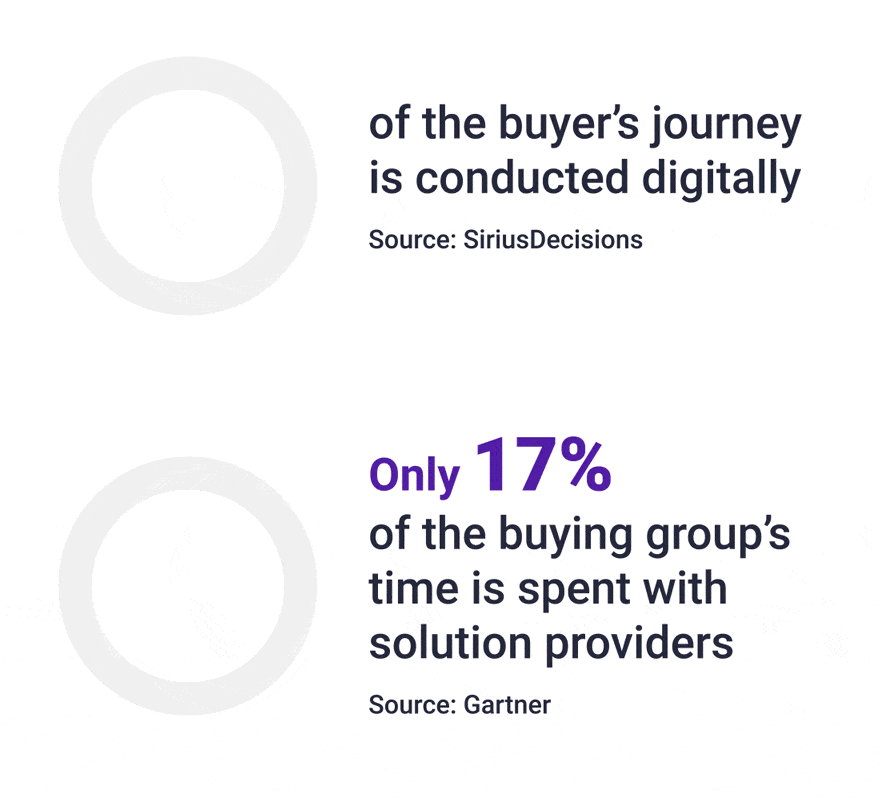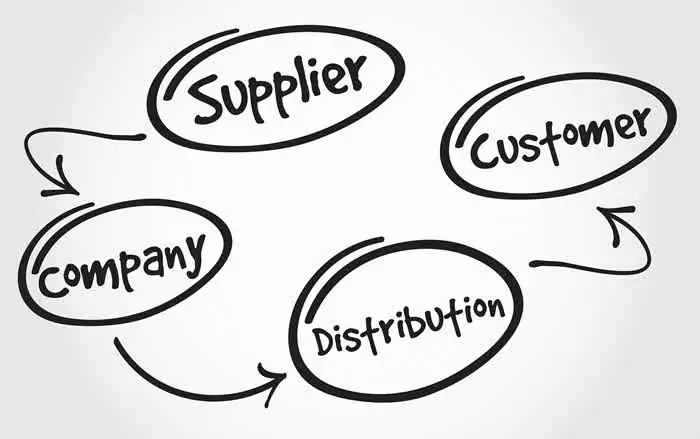Developing relationships with consumers to close deals isn’t a new idea. Trust and likability have long been valuable tools in a salesperson’s arsenal. However, in today’s highly competitive, consumer-centric marketplace, simply building rapport isn’t enough anymore. A dynamic sales distribution model aligns the sales process with the customer’s optimal experience and unique needs.
Dynamic selling is all about flexibility and adaptability, and it’s the new relationship selling. Interested in learning more? Keep reading to understand why dynamic sales distribution is essential and how to build a dynamic model in three basic steps.
Key Takeaways:
- A dynamic sales distribution model focuses on outcomes, goals, and general guidelines while giving the sales team flexibility to adapt their strategies in unique situations.
- Dynamic sales distribution focuses on three key pillars: iteration, playbooks, and deal-level strategy.
- An effective dynamic sales model starts by understanding the buyer’s journey and determining the optimal experience. Then, leaders should establish a coachable framework and develop a layers-based process for common scenarios.
Why Is Dynamic Sales Distribution Important for Businesses?
To put it simply, “dynamic” means “changing.” A dynamic sales model adapts to fit unique circumstances, market fluctuations, and individual consumer needs.
Today’s economy isn’t the same one we navigated a few decades or even a few years ago. Consumers have broad access to information and buying options. Factor in pandemic-related market changes, technological innovations, increasing stakeholders, demand for an omnichannel experience across digital channels, and expectations for individualized customer care, and the rigid sales distribution model quickly becomes outdated.
Most of the buyer’s journey happens digitally in today’s market. 81% of customers conduct online research before making a purchase. On average, consumers spend only 17% of their time directly with solution providers.
Image Source: Mediafly
Understanding the early stages of the buyer’s journey, even if your sales team isn’t interacting directly with the customer in that phase, is critical to forming a comprehensive, consumer-centric sales distribution process for your team.
3 Pillars of Dynamic Sales
A dynamic sales distribution model seems to be a juxtaposition. “Dynamic” indicates change and flexibility, whereas a sales model is usually a preplanned process that follows a series of fixed steps. So how can these two concepts work in tandem?
The answer is situational fluidity. An effective dynamic sales distribution process relies on three key pillars for structure while maintaining enough flexibility to adapt based on case-by-case circumstances. The three pillars of a dynamic sales process include:
- Iteration: An ongoing process of gathering data to learn what’s working, what isn’t, what problems to address, and where disruptions are impacting workflow, then implementing changes to improve sales distribution.
- Playbooks: A compilation of strategies a salesperson makes based on market knowledge, consumer information, stage of the sales funnel, etc. A dynamic sales process builds customizable, scalable playbooks based on reoccurring situations that frequently arise.
- Deal-Level Strategy: Individualized adjustments salespeople make to address unique situations. Even the most extensive playbooks can’t account for every possible scenario, so salespeople must have enough experience and freedom to address unusual circumstances.
How to Build a Dynamic Sales Distribution Model in 3 Steps
A dynamic sales distribution process reacts to the non-linear nature of modern-day sales. It embraces data-driven changes, personalized adaptations to suit customer needs, and shifts in market trends. These three steps are crucial when building your dynamic sales distribution model:
1. Map the Buyer’s Journey and Define the Optimal Experience
The typical sales process often focuses on the product, service, or salesperson’s goals rather than the needs of the buyer. That mentality creates a rigid playbook that tries to force consumers down the intended path.
Today’s customers aren’t just resistant to that distribution model – many are resentful about the impersonal experience that shoves them through the sales funnel without considering their individual needs. Those customers are often willing to jump to a competitor that offers a more personalized, consumer-centric alternative.
The first step to developing a dynamic sales distribution model is understanding the buyer’s journey and identifying what their optimal experience should be. Putting the customer first gives the sales team a unified goal that drives their strategy. This step includes identifying and analyzing the various channels, both direct and indirect, where consumers interact with your brand.
2. Establish a Flexible, Coachable Framework
Dynamic sales distribution allows for flexibility and improvisation when complex situations arise. Managers need a basic coaching framework in place so they can focus on resources and strategies rather than inspections and micromanaging.
When sales leaders take on a coaching role, they explore the “why” behind their steps to success instead of fixating on a formalized process. This new approach is process-driven. Top performers often have a natural intuition when it comes to sales, and adopting a coachable framework reinforces that selling is a process, not just luck or untrained intuition.
3. Build a Layered Process for the Most Common Scenarios
There are three main categories for sales distribution models:
- Intensive distribution involves many intermediaries that distribute to a wide range of brick and mortar and/or online stores. Consumers can find the products in many places.
- Selective distribution uses a small number of intermediaries for a more selective, resource-limited supply. These are often more specialized stores, such as furniture stores.
- Exclusive distribution is, as the name suggests, a more exclusive approach that has one sole intermediary, or a few select ones. An example would be a new smartphone exclusively available through one phone carrier.
Whether your sales team is focusing on intensive, selective, or exclusive distribution, the core concept is the same – how does your brand distribute goods and services from the supplier to the customer?
Image Source: Resultist
Because the overall concept is predictable, your sales team will likely see the same common scenarios play out regularly. These are the types of circumstances that should have a basic playbook to follow.
Leaders should not try to imagine every single possible scenario and develop a complex process that addresses them all. Instead, they should focus on defining outcome goals, giving the sales team leeway to align their approach in a way that best matches the customer’s unique situation.
By treating the sales distribution process with a layered set of guidelines rather than a rigid step-by-step approach, your team will be prepared to handle customers’ needs while still having the freedom to creatively adapt to unexpected challenges.
Reinvent Your Sales Distribution Model with a Dynamic Approach
Consumer demands and expectations have changed, especially in the aftermath of the pandemic. Buyers prioritize convenience and personalization more than they ever have before, which means sticking to the old-school sales playbook with a rigid script is no longer an effective strategy.
Today’s buying process is complex, iterative, and constantly changing based on trends and demands. Therefore, the sales distribution model you develop must be capable of adapting appropriately to fit the dynamic market.
Ready to improve your sales distribution? Schedule a demo with MXTR today.
Featured Image: istockphoto









